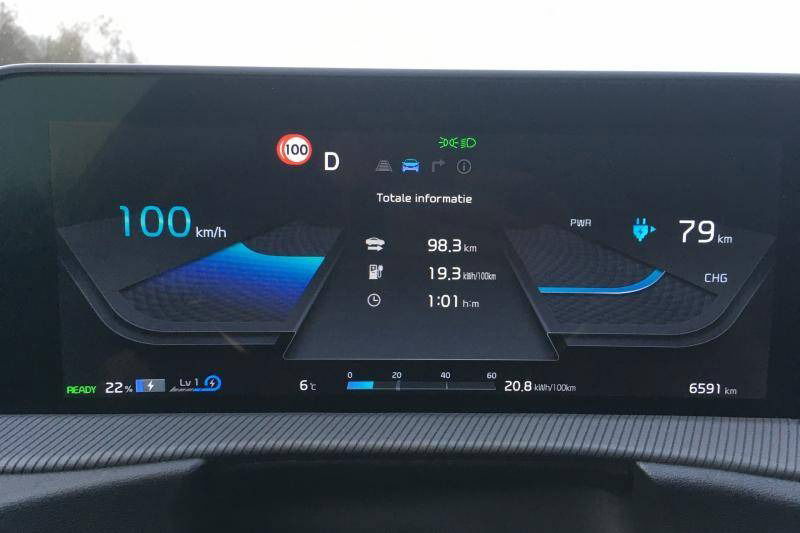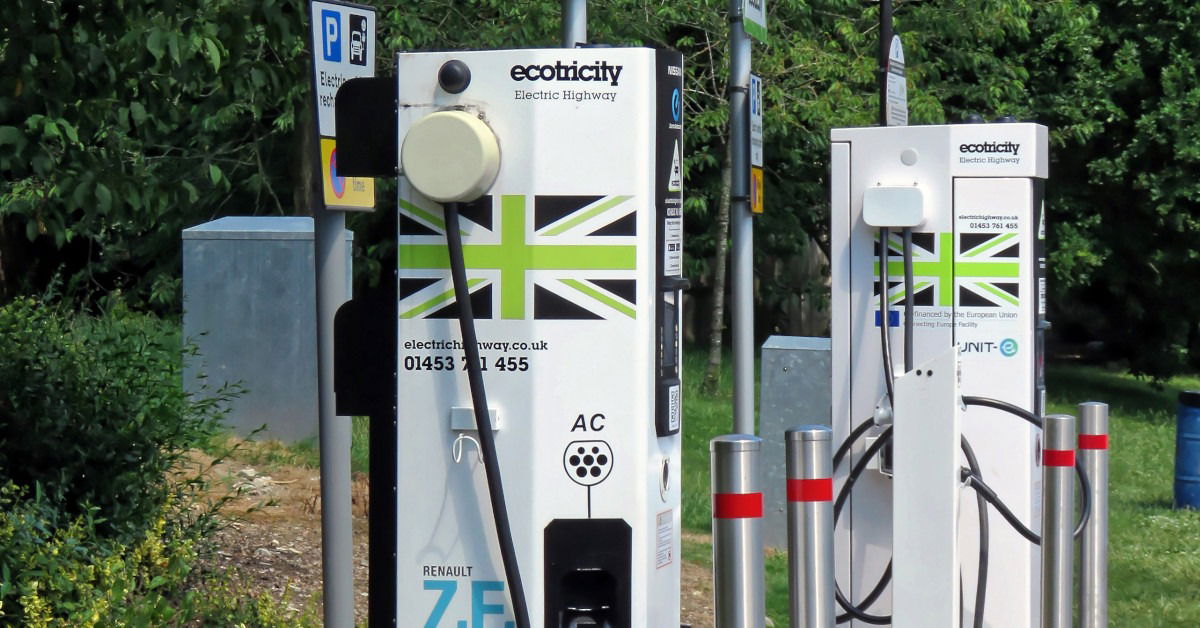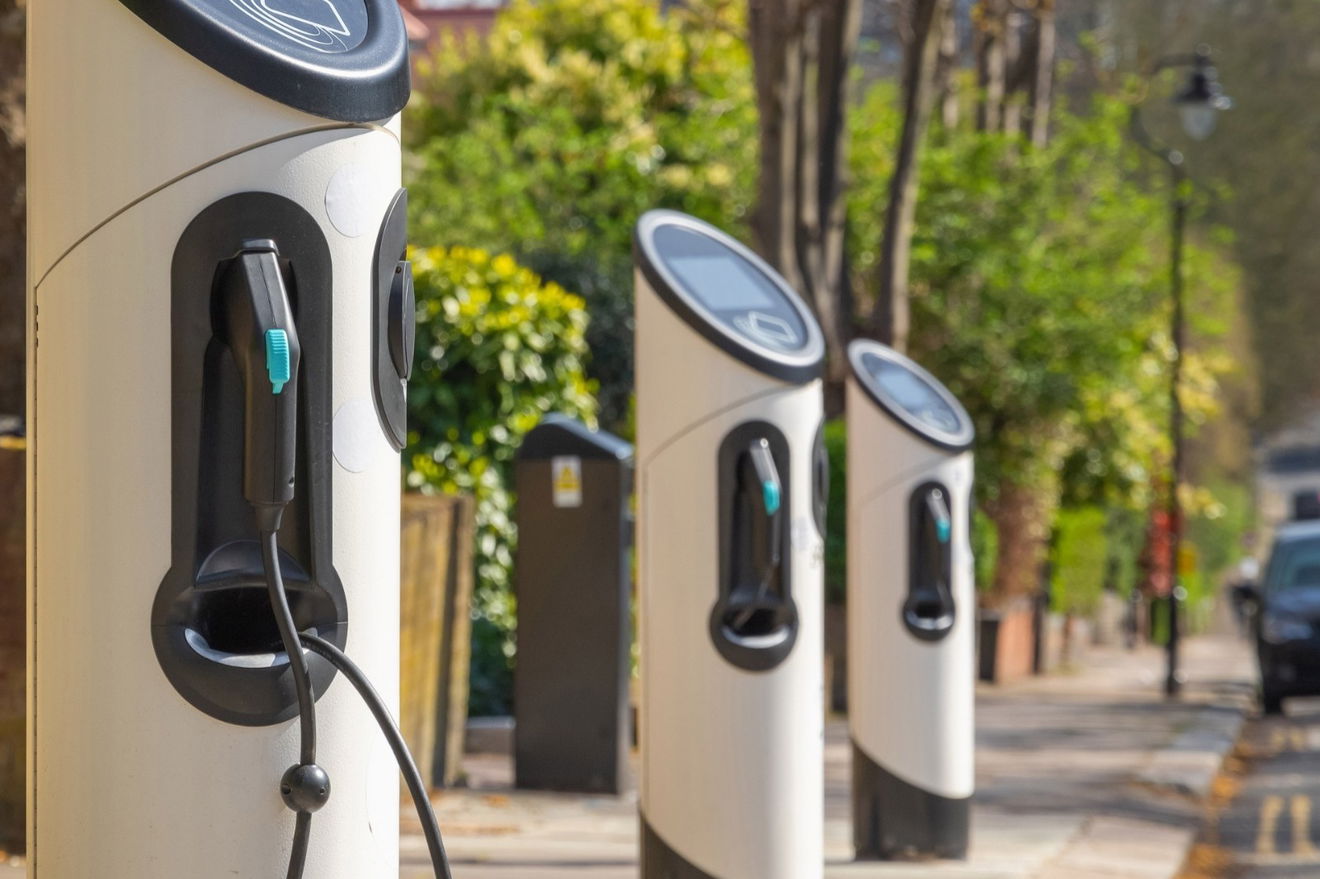Electric vehicles - Range explained
“Range” refers to the distance an electric or hybrid vehicle can travel before the battery needs to be recharged. What affects this range, and how can drivers improve it during their everyday routines? We give you all the advice and information you need about an electric vehicle's range and its optimization.

What determines the range of an electric vehicle?
The range of an electric vehicle depends first and foremost on the capacity of its lithium-ion battery, in other words the amount of electricity it is able to store. Expressed in kWh (kilowatt hours), it is equivalent to the size of the fuel tank in combustion-powered vehicles: it determines the energy reserves available to the motor and other elements of the vehicle.
The level of energy in the battery at a given moment therefore defines the remaining range of the electric vehicle.
The range of electric cars is also affected by other factors that influence the speed at which energy is consumed. Some, such as the energy efficiency or the power of the motor, are relevant to the vehicle. Others are related to how the vehicle is driven; such as average speed, acceleration intensity, road surface conditions, the weather, the number of passengers, and the weight of baggage being carried.
The difference between theoretical range and actual range
Two people driving the same car will not necessarily obtain the same range. Test protocols have therefore been developed so that this doesn't hamper the process of buying or test driving an electric car. Potential buyers need to be able to analyze and compare the range of different vehicles on the market based on universal autonomy tests.
As a response, the automobile industry and several economic regulation authorities have designed protocols to test the range of different vehicles under standardized conditions intended to reflect real-life usage as closely as possible.
The latest version of this protocol is called the WLTP, which stands for Worldwide Harmonized Light Vehicles Test Procedure. It aims to provide values close to those that a driver might experience in their day-to-day life, with a cycle including a combination of urban, suburban, and motorway travel.

How to increase the range of an electric vehicle
Firstly, don't confuse battery wear with short-term battery performance, which corresponds to charging time and capacity, and on which the range is dependent. When the temperature is below -10°C, it is impossible to charge the battery to 100%.
This has a direct impact on the battery's range. In contrast, hot temperatures do not influence the short-term performance of the battery. Traditional combustion-powered vehicles begin consuming energy as soon as the engine is turned on. For electric vehicles, it's slightly different: they consume electricity as soon as their parts are in operation.
Optimize the range of an electric vehicle
Accelerating abruptly when the light changes to green requires more energy from your electric car than slowly pulling away. A smooth driving style is also important when braking or stopping. Rather than slamming on the brakes at the last moment, it's better to anticipate decelerations and release the accelerator to enable the car to slow down by itself and convert the resulting kinetic energy into electricity. With Regenerative braking, every time you slow down and brake, the battery is recharged.
Factors that affect range
While the main way to extend the range of an electric vehicle is through driving behaviors, other influences include physical external factors such as road topography, load, and the use or charging of interior equipment.
Driving up a steep incline such as a mountain road, requires a significant amount of energy. Compared to a flat road which requires less energy, therefore increasing range. Driving downhill does offer some compensation, as the vehicle can recharge its battery whenever the driver makes use of regenerative braking.
The weight of the car
The heavier the car, the more energy is required to move it. The range is therefore reduced when there are more passengers in the vehicle or with a heavy load of luggage. The impact on range is fairly moderate when using a smooth driving style, but it can become much more noticeable if the driver engages in frequent accelerations, especially at high speed.
Using interior equipment
It's often thought that an electric vehicle's actual range decreases in cold weather, but most vehicles have systems that are designed to keep the chemical processes of the lithium-ion batteries at an optimal temperature. Weather can, however, have an indirect effect on the range of a vehicle, as extreme temperatures can cause the driver to use the heating or air conditioning. This is why some manufacturers have started to develop cabin preconditioning. This feature lets you program a desired temperature for the car, including when plugged in to its charging station. This helps to avoid having to turn on the heating/ air conditioning once you hit the road and putting a strain on the range of your vehicle.
Condition of the tires
It's one of the main financial benefits of electric vehicles: the lack of a clutch, transmission, and pistons reduces the need for the regular maintenance of an electric vehicle. Only a few consumables (brake fluid, coolant, etc.) need monitoring occasionally. Maintenance is therefore much simpler than that of a combustion-powered car, and considerably less expensive. There are, however, a few components that should not be overlooked, such as the tires. Insufficiently inflated tires can of course negatively affect the range of the car. Regenerative braking also helps prevent excessive tire wear during braking, especially when paired with a gear selector mode which accentuates motor braking.
Battery wear
A determining factor in the range of an electric vehicle is the age and condition of the battery it is fitted with. Recent progress in lithium-ion technology ensures that your car battery will have a long life, even after sustained use. There is, however, a form of wear that can affect the capacity of the battery, and therefore the range of the vehicle over time as a result of successive charging cycles. This is why the capacity of the battery — and therefore the range of kilometers it offers — diminishes over the years. Even so, once the battery can no longer serve the exacting demands of an automobile, it can potentially be reused in a “second life” as it remains useful for other applications less demanding than propelling a car. The lithium-ion battery is therefore part of the electric vehicle's circular economy. While battery optimization is a principal focus of the automobile industry, the range of certain types of vehicle, like hybrid vehicles, does not depend solely on this primary component.

What's the future for the EV?
Today, and for several years to come, lithium-ion technology is set to be the standard for all-electric and hybrid cars. While lithium-ion technology continues to improve, notably in terms of battery energy density, scientific progress may one day result in the creation of new batteries able to offer ranges far greater than those of today. Notably, research is being done into the idea of a solid-state battery, which would increase both the storage capacity and the stability of the lithium-ion cells. Hydrogen fuel cells, meanwhile, are also worth investigating as a complement to lithium-ion batteries, although they do represent new challenges related to the distribution and storage of hydrogen under pressure.
